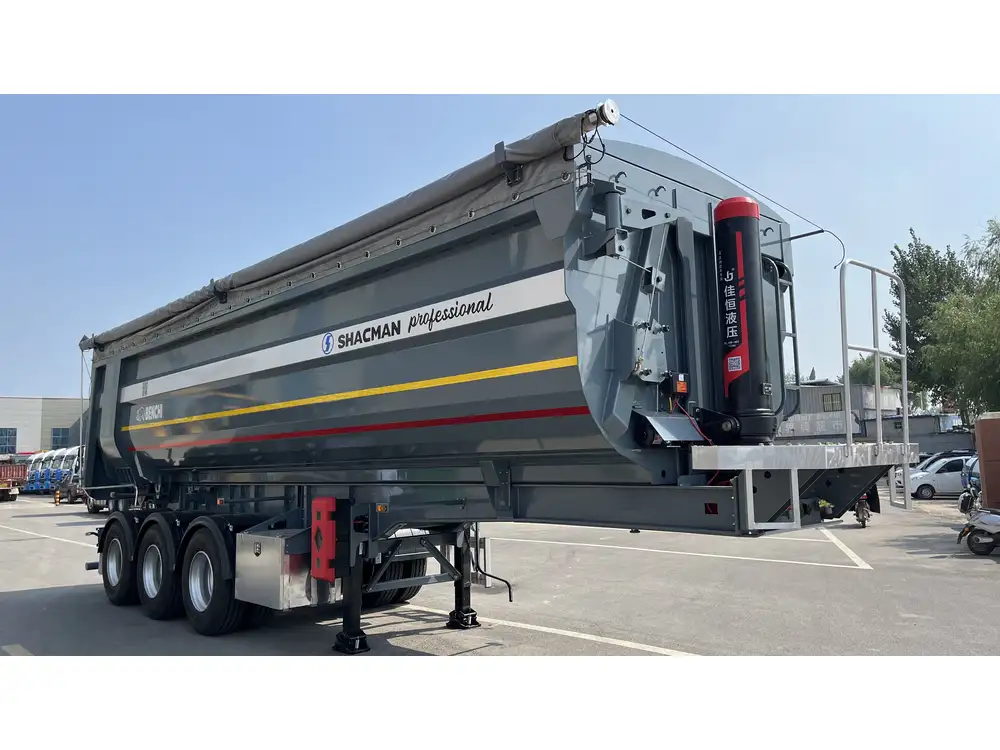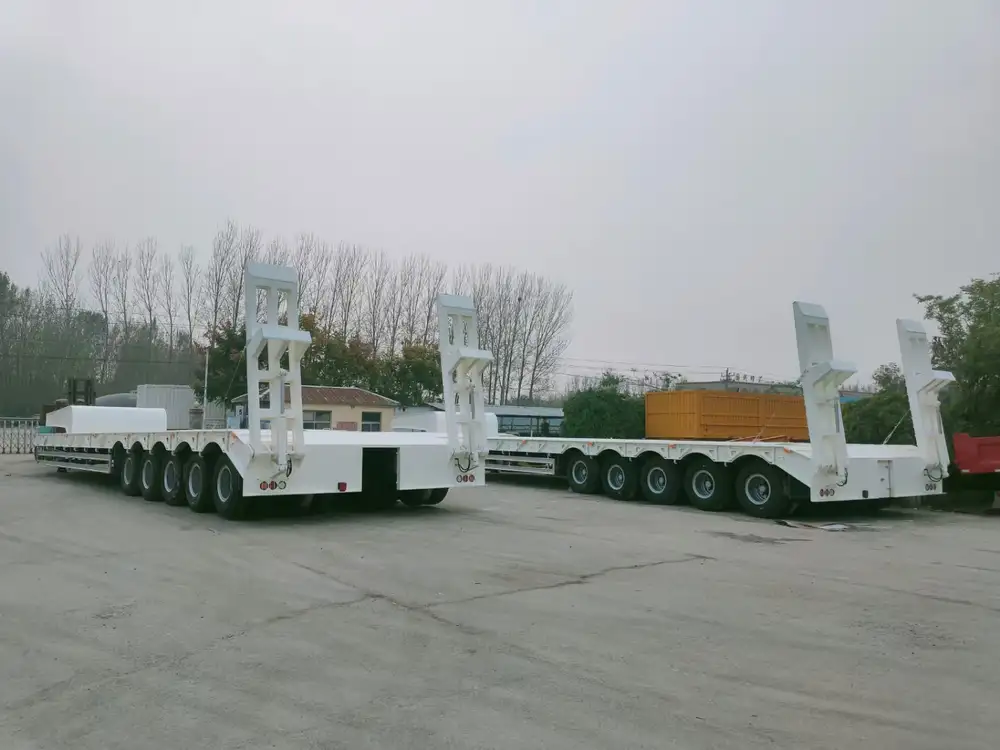In the vast landscape of freight and agriculture logistics, semi-trailers and corn trailers play crucial roles. If you’re a manufacturer, a logistics manager, or even a farmer, understanding the nuances regarding the dimensions of these trailers is vital. In this article, we delve into the details regarding the length of semi-trailers, corn trailers, and the relevant factors that affect their size and usability.
Overview of Semi-Trailers
What is a Semi-Trailer?
A semi-trailer is a type of trailer that is designed to be towed by a truck, typically a tractor truck. Unlike full trailers, semi-trailers do not have a front axle; instead, they are supported at the rear by wheels and the front rests upon the truck. This design makes them particularly efficient for transporting large, heavy loads across long distances.

Typical Semi-Trailer Dimensions
| Type | Length | Width | Height | Weight Capacity |
|---|---|---|---|---|
| Standard Dry Van | 53 ft | 8.5 ft | 13.5 ft | 45,000 lbs |
| Flatbed Trailer | 48 ft | 8.5 ft | 5 ft | 48,000 lbs |
| Reefer Trailer | 53 ft | 8.5 ft | 13.5 ft | 45,000 lbs |
| Tanker Trailer | 48 ft | 8.5 ft | Varies | 40,000-45,000 lbs |
Length Regulations and Variations
The Federal Highway Administration (FHWA) has regulations in place that dictate the maximum length of semi-trailers on public roads. Typically, the maximum allowable length for a semi-trailer is 53 feet in most states. However, certain specialized trailers, such as double trailers, may vary in length, depending on state-specific regulations.
Diving into Corn Trailers

Defining Corn Trailers
Corn trailers, or grain trailers, are specifically designed for the transportation of corn and other grains from the field to storage or processing facilities. Their design is focused on maximizing capacity while ensuring efficient loading and unloading processes.
Key Specifications for Corn Trailers
| Type | Length | Width | Capacity | Weight Capacity |
|---|---|---|---|---|
| Straight Truck Box | 20-24 ft | 8 ft | 1,000-1,500 bushels | Varies by chassis |
| Gooseneck Trailer | 20-30 ft | 8.5 ft | 1,200-2,200 bushels | Up to 25,000 lbs |
| Tandem Axle Trailer | 28-36 ft | 8 ft | 1,500-2,500 bushels | 48,000 lbs |
Corn Trailer Length Considerations
The length of corn trailers can range significantly, from 20 feet to 36 feet, accommodating various agricultural needs. The choice of trailer model depends on factors like capacity requirements, local transportation regulations, and the specific types of corn or grain being hauled.

Key Factors Influencing Trailer Length
Freight Classifications
Different freight classifications are essential in determining what type of trailer you might need. Each classification involves distinct regulations, especially concerning weight limits and trailer dimensions, which can influence the choice of a semi-trailer or a corn trailer.
Weight Distribution and Load Stability
When selecting a trailer length, it’s imperative to consider the weight distribution capabilities. Longer trailers can present challenges with load stability, especially in adverse weather conditions. Thus, manufacturers and logistics providers must ensure that the chosen trailer length complies with stability regulations and effectively supports the weight of the cargo.

The Importance of Height and Width
Height Dimensions
The average height for both semi-trailers and corn trailers is approximately 13.5 feet. However, users should be cognizant of bridge clearances and overpass heights, which can lead to restrictions depending on the routes taken.
Width Specifications
Most semi-trailers and corn trailers adhere to a standard width of 8.5 feet. This measurement is critical for road safety and compliance with transportation laws across various jurisdictions. Wider trailers can lead to complications concerning road usage rights and safety regulations.

Making the Right Choice
Evaluating Your Needs
When deciding between semi-trailers or corn trailers, it is essential to evaluate your specific hauling needs carefully. Here’s a breakdown of important considerations:
- Load Type: What are you transporting? Different loads may require varying capacities and trailer types.
- Frequency of Use: Are you an occasional hauler or a frequent shipper? This can affect long-term ROI.
- Local Regulations: Check local and state laws regarding trailer dimensions and weight capacities.
Cost Implications
Investing in the right trailer can have significant financial implications:
- Trailer Purchase Costs: Be aware of the potential costs associated with purchasing or leasing trailers of specific lengths.
- Maintenance and Repairs: Longer and heavier trailers tend to have higher maintenance costs. Consider these brands when assessing your overall budget.

Safety Considerations
Importance of Proper Signage
For longer trucks and trailers, appropriate signage indicating the length and load can significantly enhance road safety. Visibility aids other drivers in gauging their distance from your rig, which is crucial for preventing accidents.
Regular Inspections
Regular inspections are vital for ensuring the safety and compliance of semi-trailers and corn trailers. Pre-trip inspections should include checks on:
- Tire conditions and pressure
- Brake systems
- Load balance

Conclusions
Understanding the dimensions and specifications of semi-trailers and corn trailers can make a significant difference in the effectiveness of your logistics or agricultural operations. The length, weight capacity, and design specifications impact everything from efficiency and cost to safety on the road. By equipping yourself with this knowledge, you position your operations for success, ensuring compliance with regulations and optimal performance in the field or on the road. Whether you’re navigating the complexities of transporting freight across state lines or ensuring a seamless grain harvest, choosing the right trailer is paramount in achieving your operational goals.
Get in touch with our sales team today to discuss your needs and find the perfect trailer for your operations!



